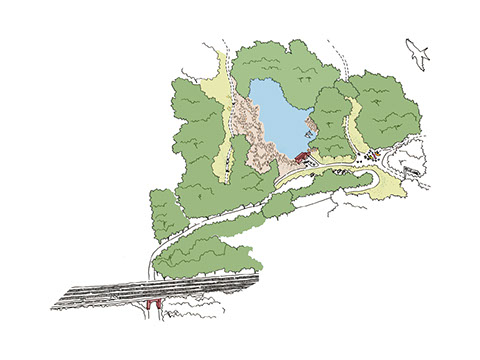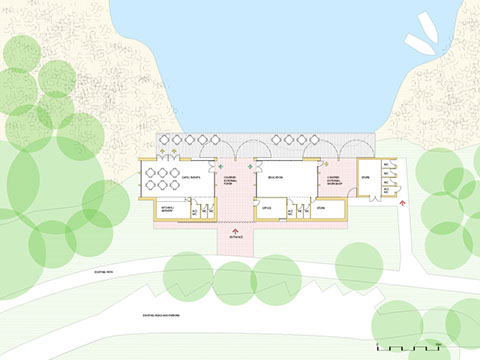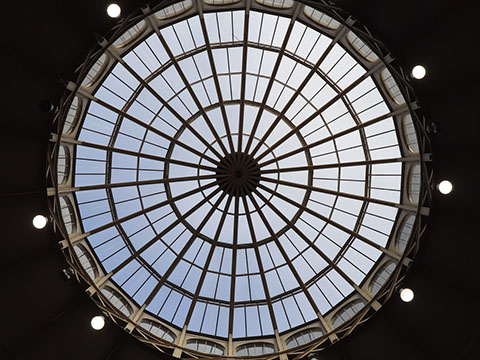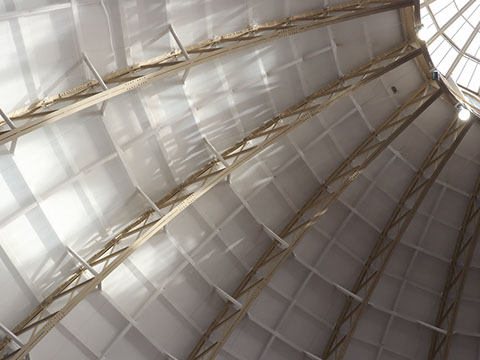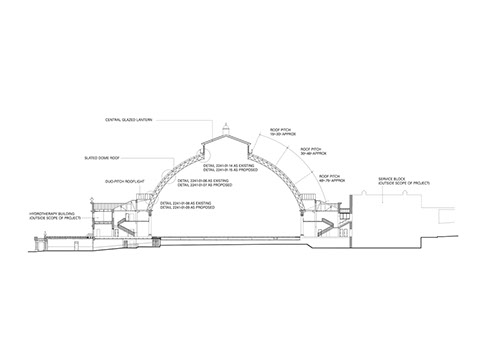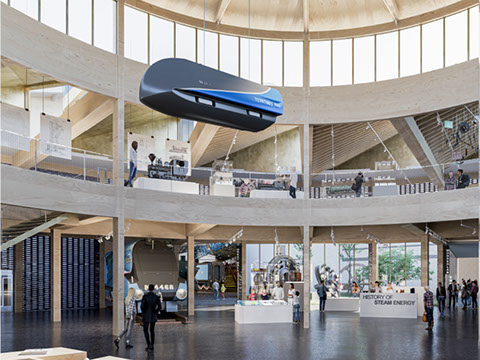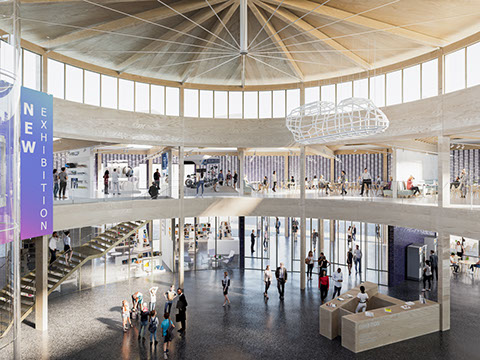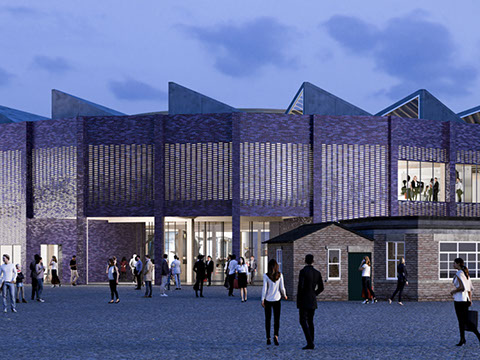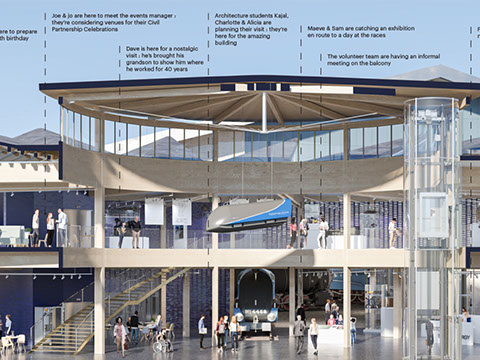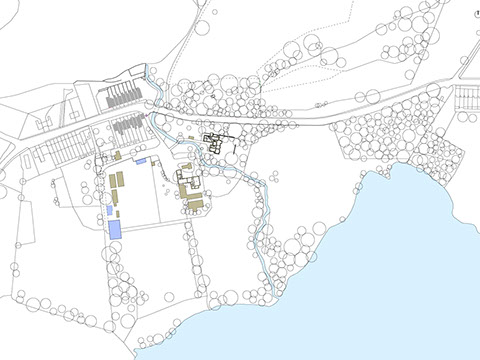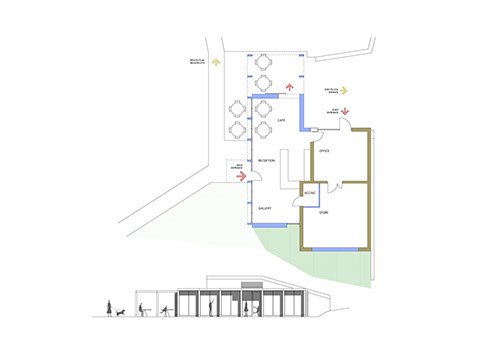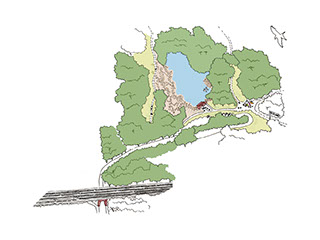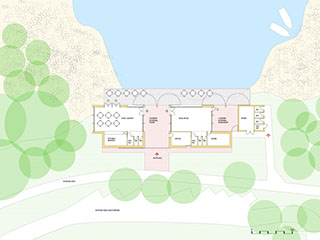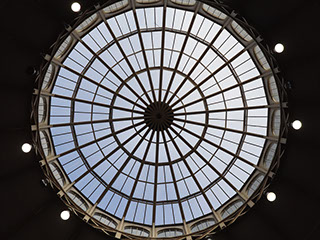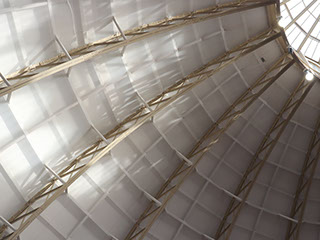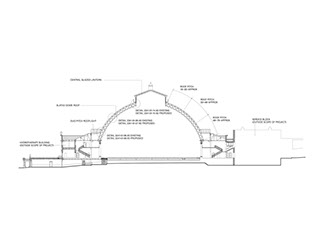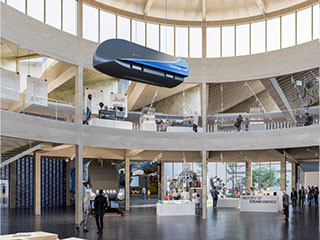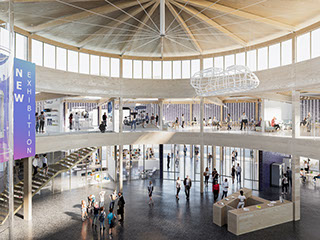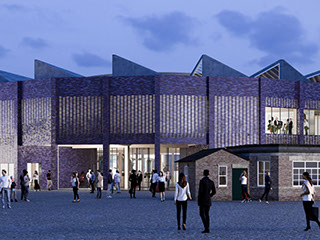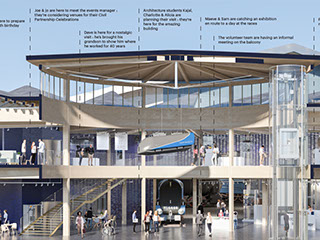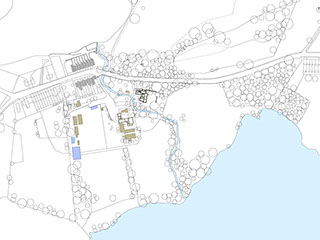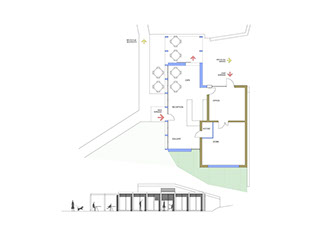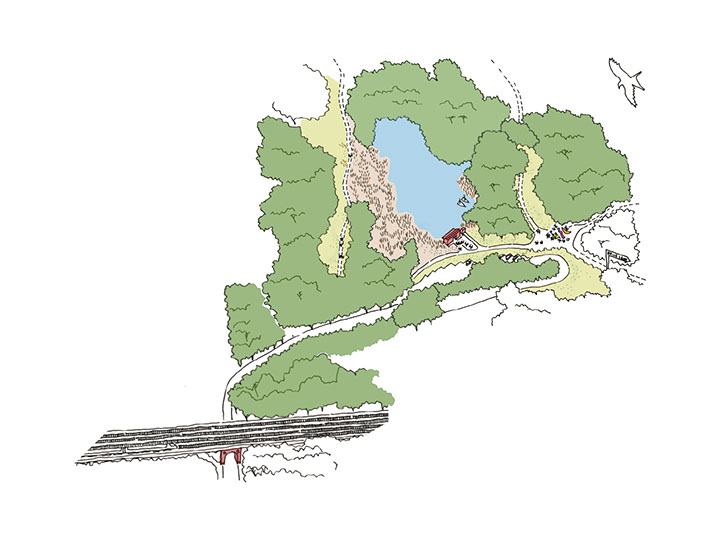
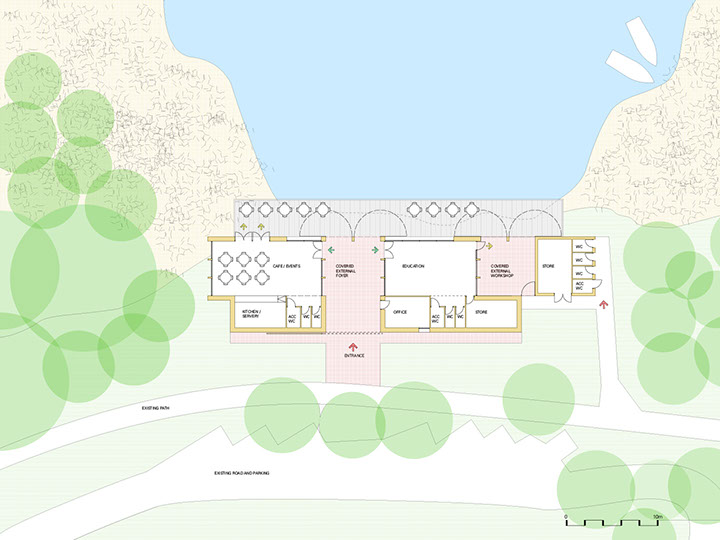
<
>
Visitor Centre at the Blue Lagoon Nature Reserve, Milton Keynes
Urban Fabric have undertaken a feasibility study for a new visitor centre for the Blue Lagoon Nature Reserve in Bletchley, south of Milton Keynes. The nature reserve was formerly a brickworks and is now established as a popular destination for local visitors, scuba divers and wild swimmers. The carbon positive building design will use local materials, will minimise extraction in its construction and will sit alongside the Knot Hole pond close to the reserve’s main entrance to provide essential visitor centre amenities, including a café with waterfront terrace, education and exhibition spaces and a Changing Places facility.
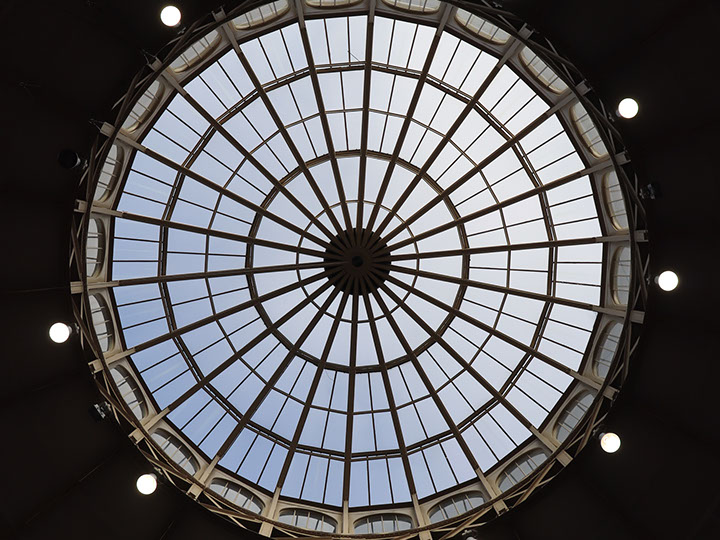
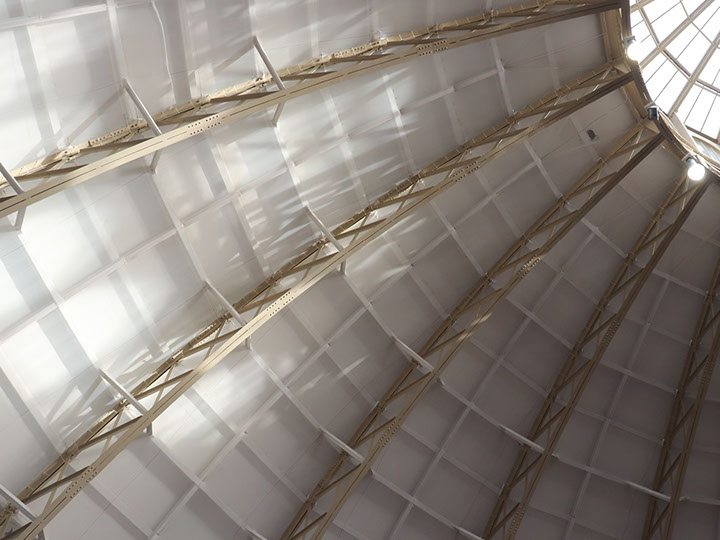
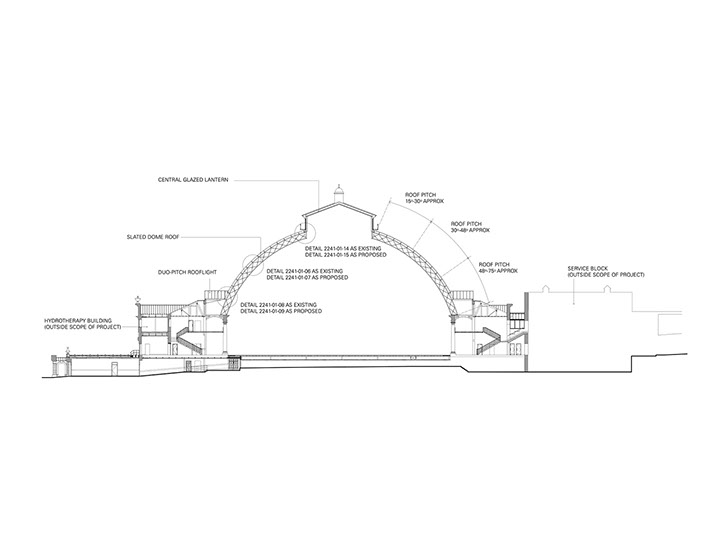
<
>
Devonshire Dome
The Grade II* Royal Devonshire Hospital, also known as the Devonshire Dome, was once the largest unsupported dome structure in Europe. It is part of a wider campus of education buildings, with other Grade II and Grade II* structures providing facilities for Leek and Buxton College, and owned by the University of Derby. Urban Fabric are carrying out a series of repairs and conservation works to address various condition issues, alongside other works across the estate.
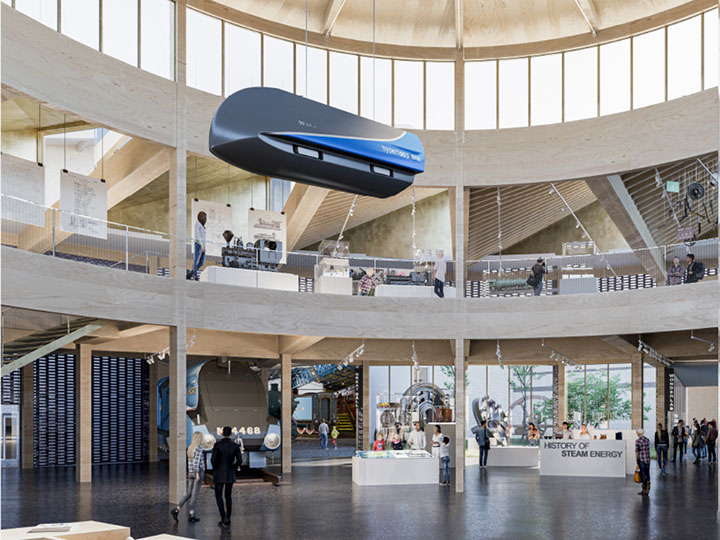
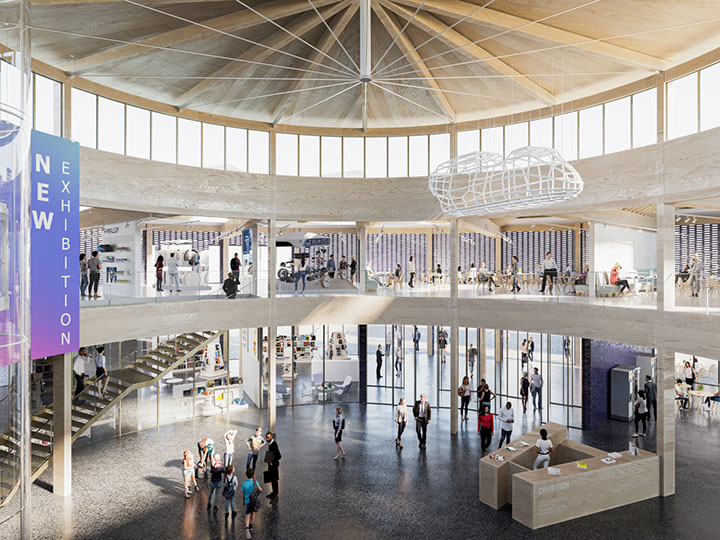
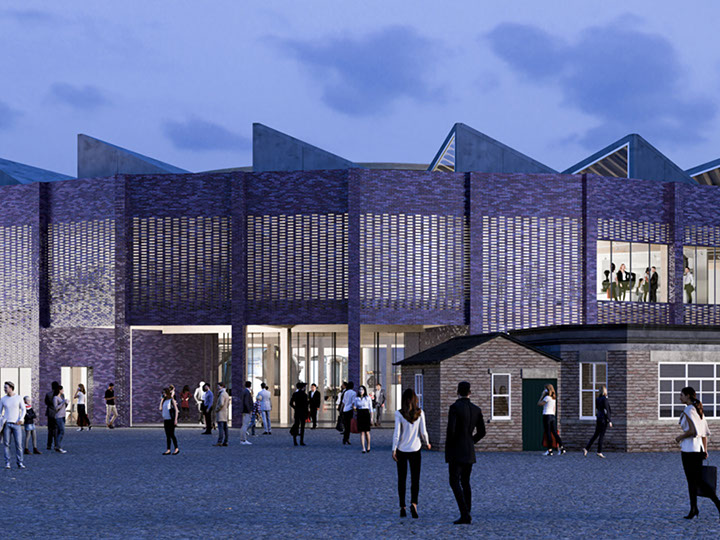
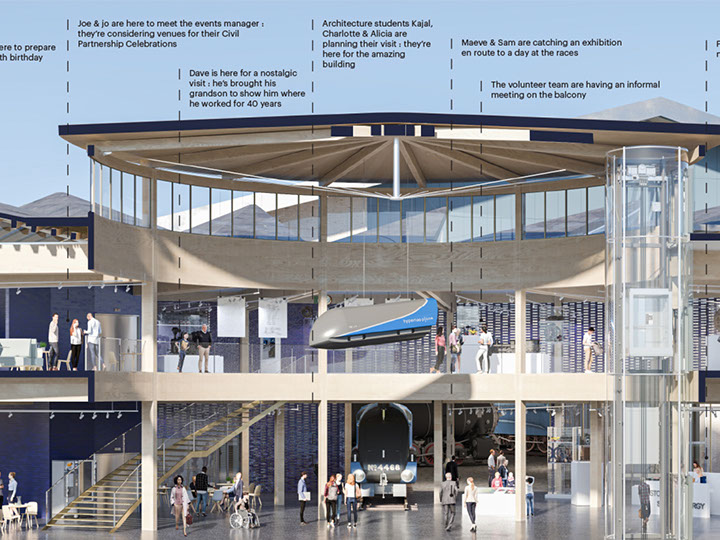
<
>
National Railway Museum
Urban Fabric were part of the team of one of five shortlisted finalists for the competition to design a new Central Hall at the National Railway Museum in York. The proposal sought to transform the visitor arrival experience with an appealing and compelling entrance space, integrating the museum estate for the first time in its history. The team was led by Atelier d’Architecture Philippe Prost, with engineers Skelly & Couch, and Price & Myers.
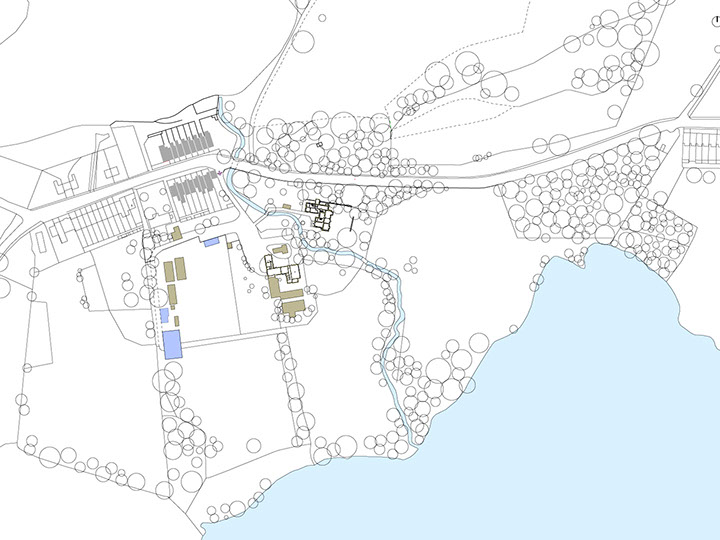
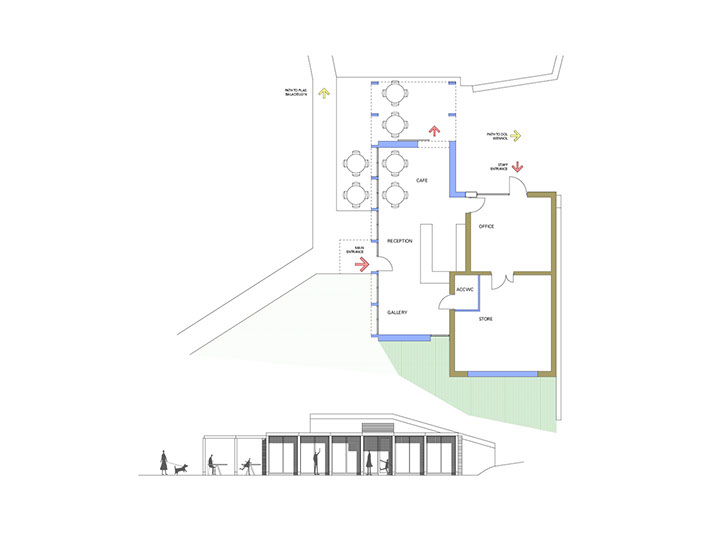
<
>
Trigonos
Urban Fabric were appointed to carry out a wide-reaching feasibility study for future works at Trigonos, a residential retreat and education centre in Snowdonia. The design proposals incorporated a comprehensive environmental strategy for a carbon zero operation, together with a new visitor centre, and extensions and detailed repairs to the original slate-hung and render Victorian house owned by the original slate mine owner.

